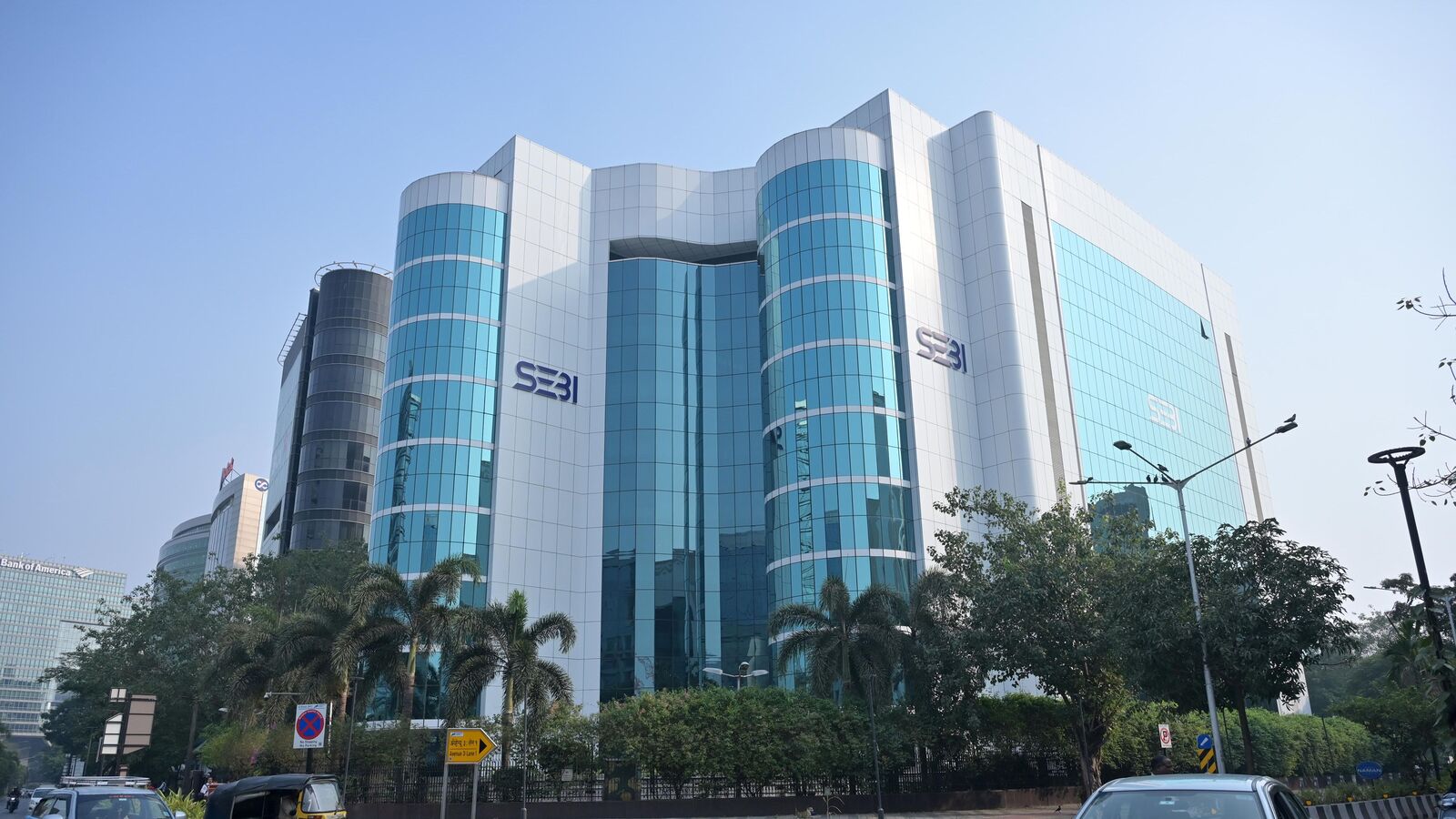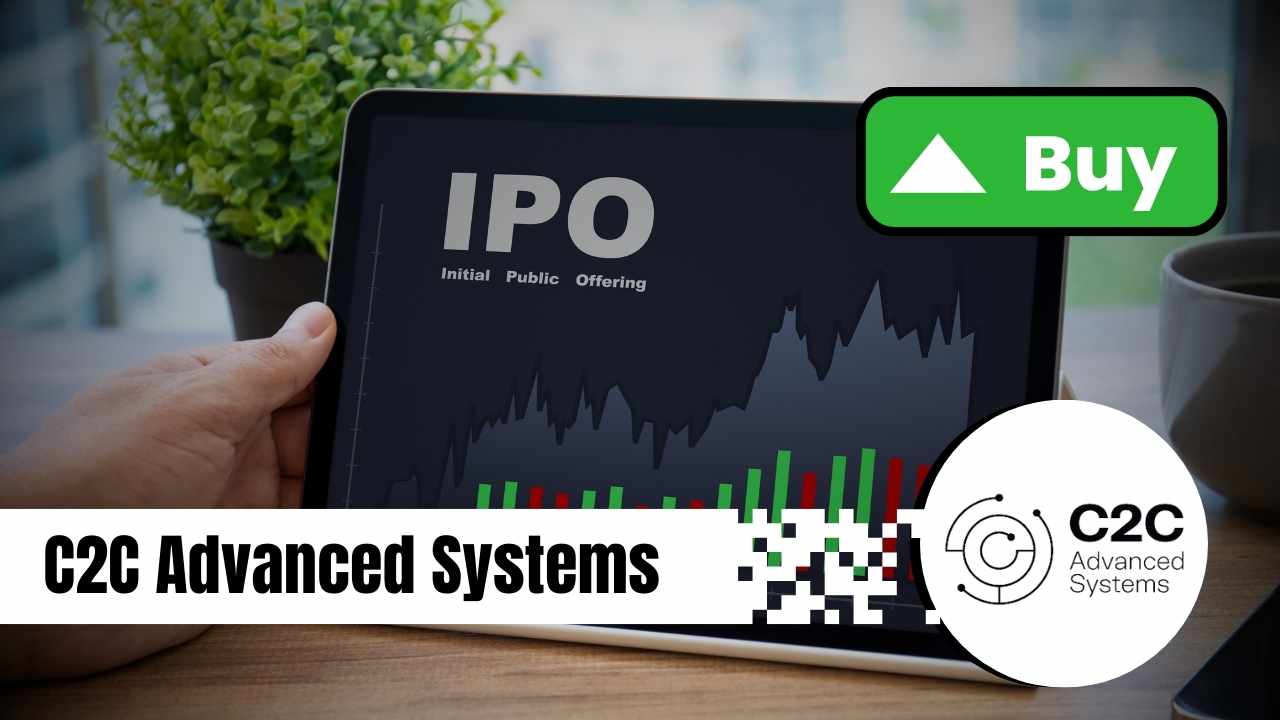Introduction
The Securities and Exchange Board of India (Sebi) has recently made significant strides in enhancing risk management practices for Clearing Corporations (CCs) in the equity derivatives segment. With the introduction of new stress testing methodologies aimed at assessing credit exposure, these initiatives come at a crucial time when market resilience is of utmost importance. The regulatory framework established on October 16, 2023, marks a proactive approach to addressing potential market disruptions and reinforcing financial stability.
Overview of New Stress Testing Methodologies
On October 1, 2023, Sebi introduced advanced methods for determining the Minimum Required Corpus (MRC) for the Settlement Guarantee Fund (SGF), which plays a pivotal role in covering losses arising from failed trades. These methodologies include:
1. Stressed Value at Risk (VaR)
This methodology employs data from stressed periods to predict price fluctuations in underlying assets. By doubling observed volatility and applying simulations under the assumption that daily returns follow a normal distribution, CCs can better anticipate price movements. This strategic approach equips market participants with insights into potential market shifts.
2. Filtered Historic Simulation
This technique involves adjusting historical returns according to current market volatility, allowing for a more accurate depiction of potential future scenarios. By factoring in ongoing market conditions, this method fosters a better understanding of how prevailing trends might influence asset performance.
3. Factor Model
The factor model evaluates extreme movements in the Nifty index over a three-day period dating back to 2000. This historical analysis helps delineate significant price movements that could impact market integrity and volatility.
Addressing Tail Risks and Market Resilience
The newly introduced stress testing methodologies are designed to enhance the understanding of tail risks—rare yet impactful events that could lead to substantial market shifts. According to Puneet Sharma, CEO and Fund Manager at Whitespace Alpha, the enhanced framework for determining the MRC for the SGF is a significant step towards reinforcing market resilience against extreme conditions, thereby contributing to overall systemic stability.
Implications for Hedge Funds
While the new measures aim to bolster long-term market stability, they may present challenges for long-short hedge funds that engage in derivatives trading. Initial phases of increased volatility and tighter liquidity could result in reduced trading volumes. Legal experts caution that although these regulations enhance the market landscape, they also introduce complexities for participants across the trading ecosystem.
Shravan Shetty, Managing Director at Primus Partners, notes that while these changes may partially affect market sentiment, expected regulatory revisions could hold a more significant influence on pricing and market participation. The anticipated increased costs associated with compliance to higher MRC levels for the SGF could, in the short term, pressure trading margins, especially for participants reliant on leveraged positions.
Long-Term Benefits and Strategic Adjustments
On a more optimistic note, Sharma emphasizes that in the long run, these adjustments are projected to yield considerable benefits. Improved stress testing mechanisms will not only heighten CCs’ preparedness for unforeseen market shocks, but they could also enhance investor confidence, ultimately attracting more institutional participation. A robust market structure capable of withstanding turbulent conditions is likely to appeal to larger, risk-averse investors, fostering deeper liquidity and sustained growth.
Addressing Increased MRC through Inter-segment Transfer
To facilitate the increased MRC requirements in the equity derivatives segment stemming from the new stress testing methodologies, Sebi has authorized a one-time inter-segment transfer of funds. This includes:
- Inter-segment fund transfer: This provision allows CCs to transfer surplus funds from the equity cash segment’s SGF to the equity derivatives segment under specified conditions.
- Penalty Transfers: Penalties accrued and associated interest can be shifted from the equity cash segment to the derivatives segment.
- Additional Contributions: CCs are mandated to review MRC requirements monthly and make necessary additional contributions to ensure adequate risk coverage.
Sharma highlights that this flexibility in fund transfer serves as a critical measure, alleviating immediate liquidity pressures on CCs due to heightened SGF requirements, which can mitigate potential short-term disruptions in the market.
CC Categorization and Reporting Requirements
In its circular on October 1, Sebi outlined uniform application of the stress testing methods across CCs operating in the equity derivatives sector. These CCs have been classified into two categories:
- Category A: Comprising CCs handling 40% or more of the equity derivatives clearing volume.
- Category B: Encompassing CCs with less than 40% clearing volume.
To ensure compliance and transparency, CCs must report their category classification to Sebi within seven days of the circular and provide annual updates within 15 days following the fiscal year-end.
Conclusion
The comprehensive adjustments made by Sebi, including new stress testing methodologies and systematic fund transfers, are geared towards creating a more resilient and robust equity derivatives market. While immediate challenges may arise, the long-term benefits promise an enriched trading environment that supports sustainable growth, mitigates risks, and enhances investor confidence in the Indian financial landscape.








